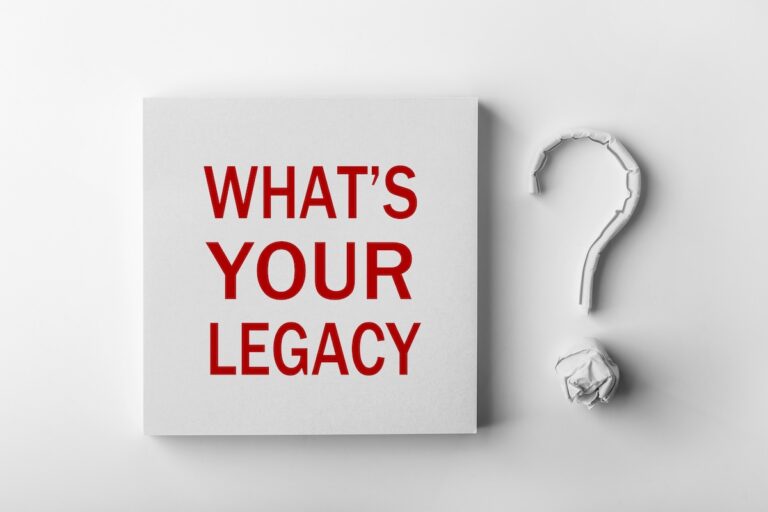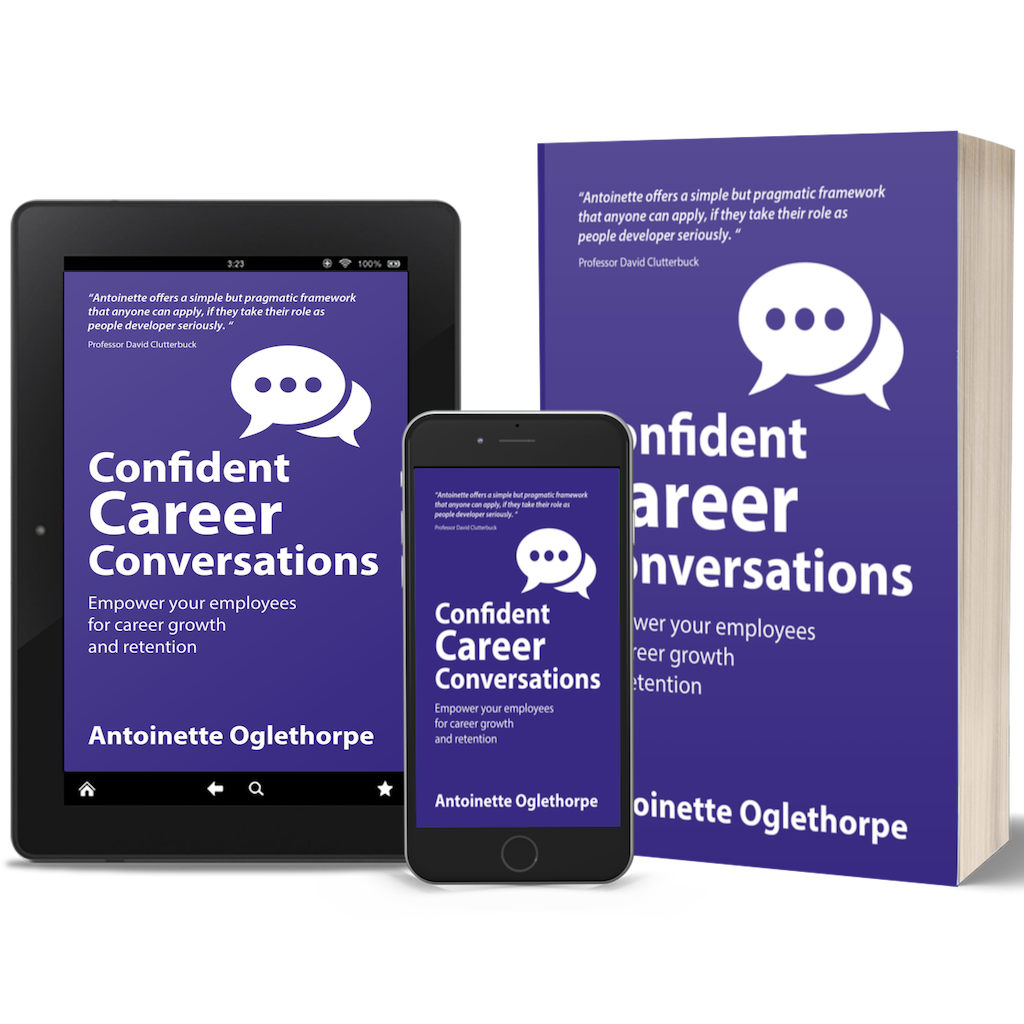In my last blog post, ‘Career Development has changed. It’s time for a meaningful 21st century definition‘, I talked about how the world of work has changed. If ladders still exist, they are harder to climb. Here we explore other ways to take your career development journey.
People still move upwards in a career. In some organisations, people get promoted into a more senior role. In many more organisations, people move organisations to apply for and take on a more senior role. Up is still an option. But it’s not the only way. And it never was never the only way or the best way or even the most satisfying way to navigate a career. But, for many years, that was the accepted image of career progression.
When we think of career development as a journey, we can see that there are many ways to get to the same destination. You can take the direct route, the indirect route, the fast way or the slow way. That means the options available may include a change in role upwards or sideways. But the greatest opportunities often come from finding ways to develop in your current role.
Career progression is specific to each individual. It is about how you improve your enjoyability and employability. And those two things will be different for each individual depending on how much you want to grow, stretch, learn and transform. I will share six different kinds of career journey. How those might contribute to your personal progression is up to you to decide.
1. Continuing on the same path
You can continue on the same path and make a current role more interesting and challenging. You might get rid of some tasks. Take on others. A small shift can transform your current job into a more exciting opportunity to learn new things. Specialists build entire careers from continuing on the same path. They get better and better at what they do and deepen their contribution along the way. Ask yourself what you learned this week or this month. You might be surprised.
This is the route I have taken since starting my business nine years ago. My role remains unchanged but I continue to focus on improving my performance and developing new skills. And I can assure you. I am NEVER bored!
2. Finding out the route others have taken
Finding out the route others have taken gives you the opportunity to explore possibilities for your own career development journey. It may involve short-term work assignments or shadowing someone who is in a position you may be considering. The exploratory experience could be as simple as having a conversation about the requirements of a role that seems attractive to you. It’s a chance to check things out to see what will work – and what might NOT work. Exploring is very smart step to take before investing time and energy in pursuing other routes. Think about an assignment that intrigues you. How could you learn more about it?
This is what I did at the start of my career. About four years after graduating, I realised I was not excited about developing washing powders (I was a Technical Brand Manager for P&G). I had started getting involved in corporate training and found that much more interesting. My mentor helped me secure an opportunity to deliver training to Ph.D. students as part of the company’s graduate recruitment efforts. It was a great way to test out a new role before making the move.
3. Reversing or braking
People sometimes choose to pause their career development journey or reverse back to re-focus. Maybe the current role was just not a fit and you’re brave enough to admit it. Maybe this step opens up a whole new vista that seems exciting in a part of the organisation that’s new or growing. It can also be about finding a role that is less demanding, more enjoyable and better aligned with personal priorities. With the ever-increasing focus on work/life balance, a reverse move is sometimes based on a personal need that, if ignored, might result in resignation and exit. Reversing usually means letting go of certain responsibilities, time commitments and potentially salary. Whatever the reason, it’s a valid, important option.
This is the route I took when I made the decision to leave my role in product research for P&G and take up a role in training and development. I moved to a new organisation, took a pay cut and started again. But it was worth it.
4. Moving sideways
Moving sideways refers to broadening your role by taking on extra challenges or responsibilities. Or it might involve a new role where status and scope of responsibility are typically the same or similar. A new perspective is the payoff from moving sideways. You get to see a different part of the landscape. When you take on a role in another function or department, you get to view your responsibilities and the organisation through a new lens.
By moving sideways, you can fine-tune your skills, build new relationships, and learn a new or different approach. You can get deeper hands-on expertise, see the organisational operations from a different angle and add to your knowledge base. What sideways options could offer you a new view?
My most significant sideways move was when I moved from a training role in Accenture to a training role in Avanade. The status and scope of responsibility were similar. But Avanade was a start-up with very different challenges to Accenture. It opened my eyes and remains one of the most defining moments of my career.
5. Taking the uphill option
As I’ve said, the ladder hasn’t completely disappeared. The rungs aren’t all gone. For some people, a move up makes absolute sense. When it works for the organisation and the individual, a vertical move should definitely be included in the journey. Vertical moves can bring with them many of the traditional symbols of success like titles and monetary compensation. A vertical experience could mean leading a team or project and taking on a more visible role. In reality, they can also come with headaches. So careful thought about when, if and how a vertical move would fit into your career experience is essential. How will you know when or if a vertical move is right for you?
I have made many vertical moves in my career. Some were positive, rewarding and exciting. Some were less so.
6. Starting a new journey
You don’t always have to continue on the same journey. Starting a new journey means leaving for an entirely new organisation or industry. It’s awkward and sometimes tough to acknowledge this one. But it is real. And every person knows the option to start a new journey is there. In the past, once you started a new journey, there was no opportunity to return. Today, it’s exciting to see how many who leave an organisation are welcomed back when they decide to return. And bring a wealth of new knowledge with them.
I started a new journey when I left corporate life and set up my own business. Starting a new journey is a strong option if you have a strong desire to be an entrepreneur. It might be the right option if you can find job satisfaction ONLY in roles that are not available in the organisation.
So, there are six different possible career routes you can take. And, as you have read, I have taken them all at one time or another. Ultimately, the selection of the different experiences is down to you. Everyone’s career journey is unique to them. But one thing is true for everybody. Taking a broad and flexible approach to growth is key in this fast-changing world. Adopting a mindset that views change as an opportunity can open new landscapes for development.
If you would like some help thinking about the right route for you, check out our Career Compass Workbook.




29 thoughts on “Your Career Development Journey. Consider These Six Different Routes You Can Take”
thank you very interesting course
Nice information
Hi I wolud like to know more about the strategy for get a new position job here in schneider Electric, Iknow there are diferents ways in order to get some information about it. but can you help me to get the right information and doesn´t matter the please I can chage and move to other contry or city around the word. you can call me by movil +525535143469
Hi Edgar. We are external to Schneider Electric so not best placed to guide you. Can I recommend you contact your HR person. They should be able to direct you.